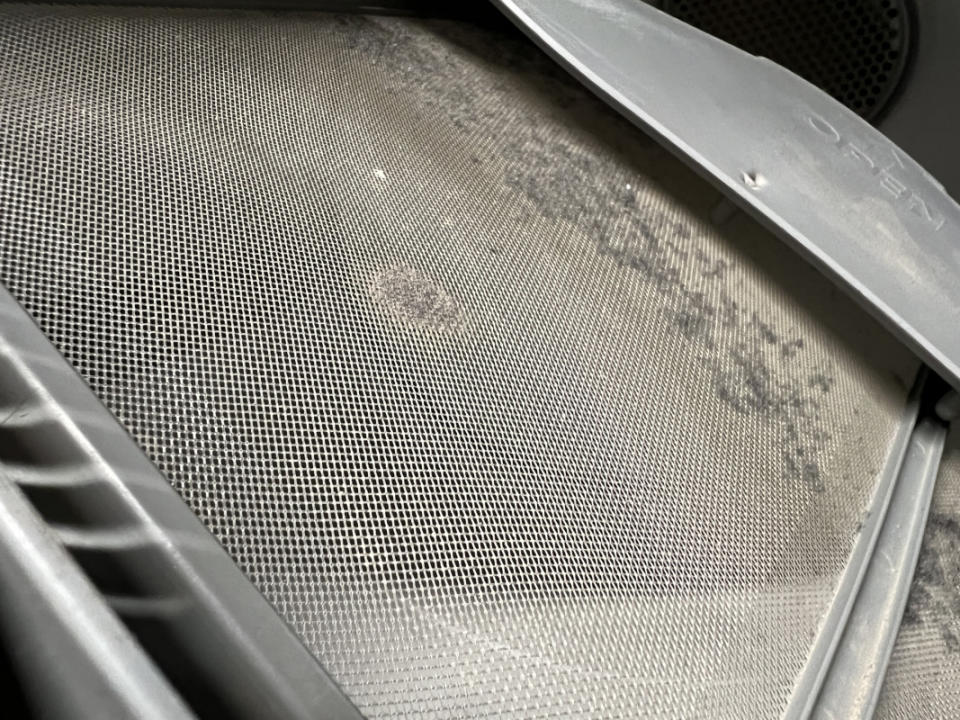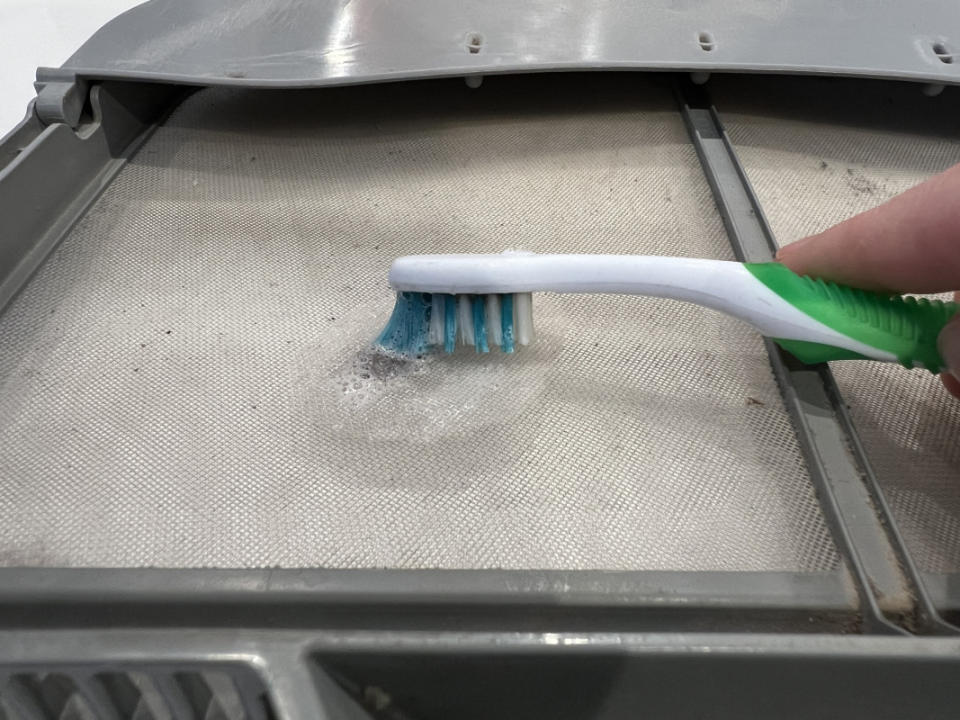How to Clean a Lint Trap
Few household chores are as crucial and often overlooked as cleaning the lint trap in your clothes dryer. The lint trap is used to catch the majority of the lint from your laundry before it gets into your dryer vent.
Neglecting this simple task can lead to reduced efficiency, increased energy costs, and even the risk of a house fire. Fortunately, keeping your lint trap clean is a quick and easy process that pays off in both safety and energy efficiency.
1. Locate and Remove the Lint Trap
The dryer lint trap is either inside the dryer door rim or on top of the appliance. Whether a front-loading or top-loading style, the lint trap is a narrow slot that holds the lint screen.
Slowly pull the lint screen out of the lint trap. It should slide out easily, but make sure you don't knock a clump of lint into the lint trap cavity.
2. Peel Away Visible Lint
Using your fingers, peel away any visible lint accumulated on the surface of the lint filter. If it is a thin layer, you may want to moisten your finger so that the lint sticks and pulls away from the screen more cleanly.
Tip: Keep a microfiber rag at your clothes dryer to easily wipe up any dust that the lint spills.
3. Use a Soft Brush or Vacuum
Remove fine powder. You can quickly clean the crevices of your lint screen by brushing it with a soft-bristled lint brush or even gently vacuuming with a crevice attachment.
Be thorough. Lint can vary in color from pale grey to dark blue, so it helps to be thorough. Be sure to clean any fine powder or residue that might blend in on the mesh screen.

Emily Fazio
4. Address Built-up Lint
Make sure to check inside the lint trap cavity too! Build up happens. Use a long attachment on your vacuum cleaner to deep clean the narrow compartment. Excessive lint deposits could fill the dryer duct which can cause a fire if it gets clogged.
5. Eliminate Residue
Fabric softeners and dryer sheets can leave a layer of residue on the filters, despite regular cleaning. If not taken care of, it can cause airflow obstructions, overheating, and even fire risks.
To clean residue, mix mild detergent or a splash of white vinegar with warm water. Dip a rag or a soft brush in the solution and scrub gently. It should cut right through the residue. Rinse thoroughly with clean water and repeat the process if necessary. Shake it off, and let it air dry completely before returning it to the lint trap.

Emily Fazio
6. Prioritize Safety and Efficiency
Save money. Cleaning your clothes dryer helps your electrical bills and extends the life of the appliance.
Prevent appliance damage and resulting fires. Keeping your lint traps clean also contributes to safer operation by preventing overheating, which could cause a house fire.
Read the owner's manual. Reading your dryer model's manual can tell you more about specific safety considerations.
7. Make it a Routine
Cleaning your dryer lint screen should be part of your usual laundry routine.
Establishing appliance maintenance as a habit ensures consistent safety, efficiency, and energy savings.
A good habit to keep your clothes dryer running at its best is to clean the lint trap after every drying cycle.
If a load of clothes just doesn't seem to be drying, check the screen! Different fabrics produce different amounts of lint and can affect dryer performance after just one load.
8. Schedule Monthly Deep Clean
Once a month, thoroughly check the lint screen for residue. Use a soft brush to sweep out the nooks and crannies of the dryer drum and lint trap. Then use a damp cloth or a dry microfiber to thoroughly dust the appliance inside and out. Leave the door open to ensure it's completely dry before reinserting the newly cleaned lint screen back into the electric dryer.
Clean Lint Traps Make Clothing Dryers Safer
While it might not need to be done with every load of laundry, it's never a bad idea to deep clean the lint trap. Just as removing lint from the screen is a simple cleaning habit, so is regularly wiping down the nooks and crannies of your appliance. Performing this periodic task will save you from problems in the long run by optimizing airflow and thus increasing energy efficiency. Most important of all, a clean dryer is a safer dryer.

